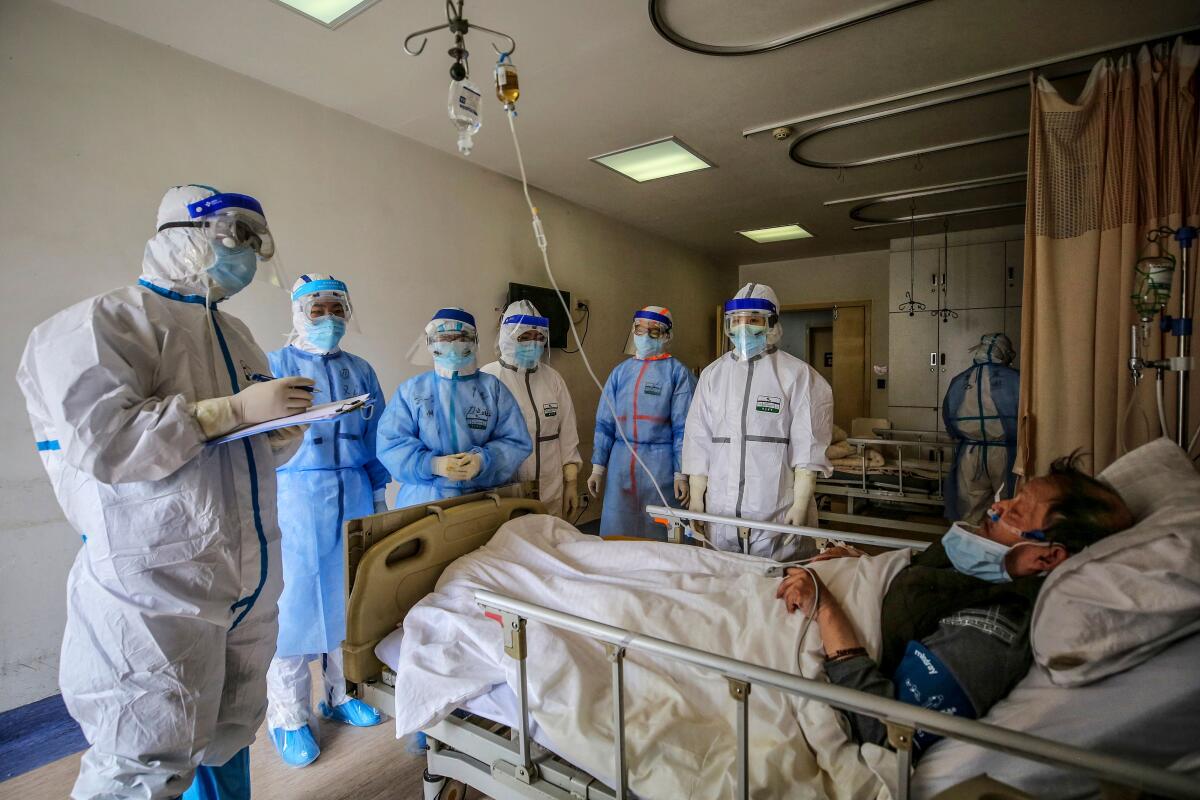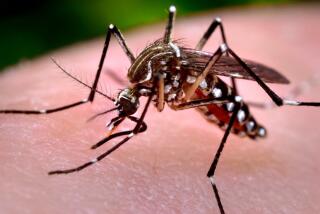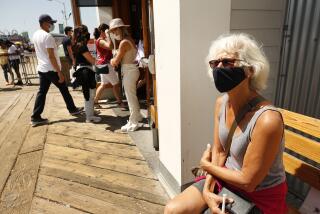Coronavirus will hit the health system hard, and not all states are prepared

WASHINGTON â As coronavirus infections spread across the country, the outbreak will test Americaâs unusually decentralized public health system, spotlighting large gaps in some statesâ readiness to confront a major health crisis.
That threatens to exacerbate an outbreak that has already infected more than 1,000 Americans, but is expected to grow dramatically in coming weeks and put severe strains on medical providers around the country.
Nationwide, spending on public health varies dramatically between those states and local governments that have invested and others that have allowed public health departments to wither in recent years.
In Florida, for example, where a large population of seniors makes the state particularly vulnerable to the coronavirus, state funding for county health departments is below what it was a decade ago.
The cuts have forced some counties to shutter clinics, threatening to worsen the stateâs problems with access to healthcare, said Anne Swerlick, senior health policy analyst at the nonprofit Florida Policy Institute. âThere used to be a lot more capacity to provide more primary care services,â she said.
California, too, has seen a steady erosion in public health investment, forcing counties to cut epidemiologists, public health nurses, lab technicians and others, said Michelle Gibbons, executive director of the County Health Executives Assn. of California.
âOne of the challenges is that there is a lot of investigation thatâs needed right now, and that puts a huge strain on existing staffing,â she said.
Nationwide, state and local public health departments lost more than 50,000 workers following the 2008 recession, said John Auerbach, head of the nonprofit Trust for Americaâs Health, which tracks state-by-state public health preparedness.
Many jobs have yet to be restored. Over the same time period, public health emergency preparedness funds were cut by a third and hospital preparedness funds by half.
âIf a state has not invested heavily in its public health department, itâs going to have fewer people available to do the laboratory work, the epidemiologic work, the communication work with the public, and the coordination with hospitals and healthcare providers,â Auerbach said.
In addition to the variations in the public health systems, there are huge disparities between states in insurance coverage, as many conservative-leaning states restrict access to the Medicaid safety net. That leaves several million low-income Americans without health insurance, a major hurdle during an infectious-disease outbreak.
Differences in the availability of paid sick time also mean many more workers in some states face pressure to stay on the job, even if they are ill, making it harder to contain the spread of disease.
âWhen you look across the country, there is just an enormous amount of variation,â said Dr. Georges Benjamin, the longtime executive director of the American Public Health Assn.
âStates that havenât invested worry me the most, and their health statistics show the results,â Benjamin added. âBut there seems to be a fundamental lack of understanding about why those investments are important.â
Most wealthy nations maintain more centralized health systems, ensuring more uniform standards of protection, according to experts.
But in the U.S., public health has long been a state or local responsibility, with funding supplemented by the federal government, often only episodically.
That can make mobilizing local efforts more difficult, said Jeffrey Levi, a professor at Milken Institute School of Public Health at George Washington University.
âWhat we have added into the mix now is confused messaging from the federal government,â Levi said, noting the Trump administrationâs often contradictory statements about the seriousness of the coronavirus threat.
Comparing public health spending among states is difficult because states often account for money very differently, but cutbacks have been clear in many places.
Mississippi, for example, slashed the state health department budget by nearly a third in 2017, forcing the agency to cut clinics and curtail efforts to control tuberculosis.
In Indianaâs largest county, which includes Indianapolis, the health department is scrambling to prepare after years of dramatic cutbacks, said Dr. Virginia A. Caine, the director of the Marion County Public Health Department.
âI had easily three times more about five years ago than what Iâve got now,â Caine said, noting that although just one person in the county has tested positive for the new coronavirus, county staffers are monitoring âtonsâ of self-quarantined residents.
âIâve had to steal from Paul to pay for Peter,â she said.
Even the best public health system may be swamped by an outbreak of COVID-19, the disease caused by coronavirus.
For example, Washington state and King County, which includes Seattle, have long been considered national models, but the scope of the outbreak there, the most severe in the nation, is seriously straining local leadership and resources.
âWhen you see such a potential onslaught of virus in your community, itâs quite overwhelming,â said Michael Osterholm, director of the Center for Infectious Disease Research and Policy at the University of Minnesota. âThe problem is weâre going to very likely have a number of King Counties emerge over the days ahead, all at the same time.â
As troubling, Washington state has additional advantages that other states do not, including strong insurance coverage.
The state took full advantage of the 2010 Affordable Care Act and has expanded Medicaid eligibility to low-income adults. Just 9% of working-age adults in the state lacked coverage in 2017, according to federal data analyzed by the nonprofit Commonwealth Fund.
In California, 10% of working-age adults lack coverage, down from nearly a quarter before the healthcare law was enacted. That reduction has not only improved access to care for millions of Californians, but also allowed a historic expansion of medical services across the state.
But 14 states â all with Republican governors or legislatures hostile to the healthcare law â have not expanded Medicaid.
These include several large states such as Texas, where nearly a quarter of working-age adults lack insurance, and Florida, where 21% of these adults are uninsured.
The huge coverage gaps worry many health advocates.
âWe know that people will avoid care,â said Jodi Ray, project director for Florida Covering Kids & Families, which has worked to expand coverage in the state.
Exacerbating the challenge are wide variations in workersâ access to paid time off, which is considered increasingly critical as public health authorities nationwide work to slow the spread of the virus.
Nationwide, 55% of workers had access last year to paid time off, according to a 2020 state-by-state tally by the Trust for Americaâs Health.
But while about 64% of workers in Connecticut and 68% of workers in Texas had paid time off, only 44% of workers had such benefits in South Dakota and 45% in Arkansas, South Carolina and Utah. In California, 56% of workers have the benefit.
Many Democrats in Congress are now pushing for federal legislation to expand paid time off nationally in response to the COVID-19 outbreak.
Levey reported from Washington and Jarvie from Atlanta.
More to Read
Sign up for Essential California
The most important California stories and recommendations in your inbox every morning.
You may occasionally receive promotional content from the Los Angeles Times.












